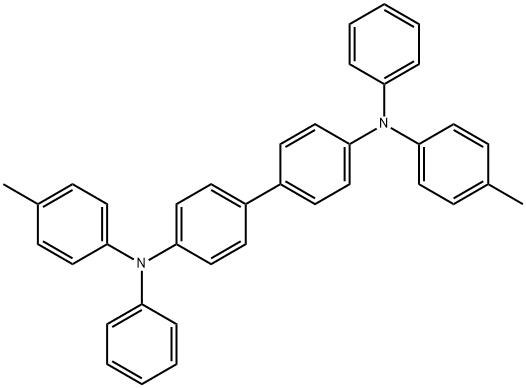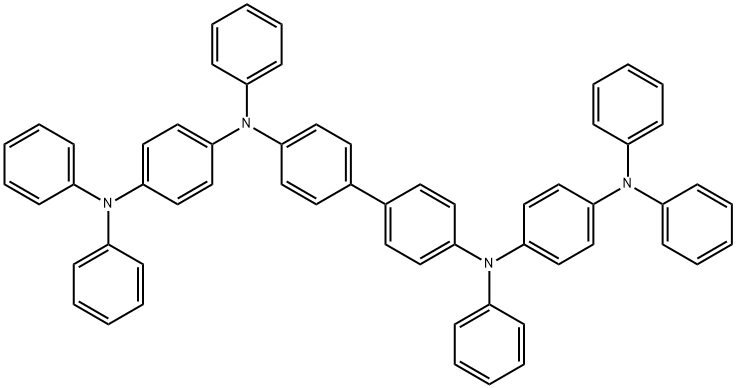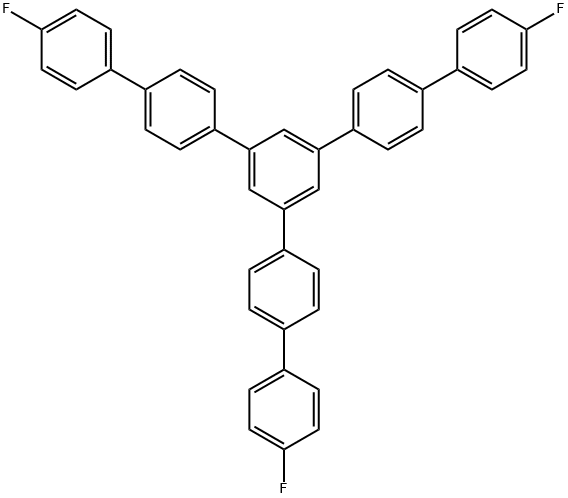Titanyl phthalocyanine
Synonym(s):Oxytitanium phthalocyanine;Titanyl phthalocyanine;Xerox xpp-TiOPc1;Oxo(29H,31H-phthalocyaninato(2-)titanium;Oxo(phthalocyaninato)titanium
- CAS NO.:26201-32-1
- Empirical Formula: C32H16N8OTi
- Molecular Weight: 576.39
- MDL number: MFCD00145414
- EINECS: 419-970-5
- SAFETY DATA SHEET (SDS)
- Update Date: 2024-12-18 13:37:16

What is Titanyl phthalocyanine?
Description
Titanyl phthalocyanine (TiOPc), the family member of highly photosensitive phthalocyanine compounds, is one of the most successful leading materials used in the photocopying industry. Among various phthalocyanine semiconductors, oxotitanium phthalocyanine in the crystal form of phase-Y (Y-TiOPc) has attracted particular attention due to its high photosensitivity to NIR light.?The quantum efficiency of Y-form TiOPc for photo carrier generation is reported to be almost 100% in high electric fields[2].
Chemical properties
Blue to deep purple powder
The Uses of Titanyl phthalocyanine
Sensitizer for electrophotography
The Uses of Titanyl phthalocyanine
Sensitizer for electrophotography.
General Description
Visit our Sensor Applications portal to learn more.
Properties of Titanyl phthalocyanine
| Melting point: | 395.1 °C (dec.)(lit.) |
| storage temp. | Keep in dark place,Sealed in dry,Room Temperature |
| form | powder (Blue) |
| color | Dark red to Dark purple to Dark blue |
| CAS DataBase Reference | 26201-32-1(CAS DataBase Reference) |
| EPA Substance Registry System | Titanium, oxo[29H,31H-phthalocyaninato(2-)-.kappa.N29,.kappa.N30,.kappa.N31,.kappa.N32]-, (SP-5-12)- (26201-32-1) |
| Absorption | λmax?= 692 nm (chlorobenzene) |
| solubility | Chlorobenzene [7] |
Safety information for Titanyl phthalocyanine
| Signal word | Warning |
| Pictogram(s) |
 Exclamation Mark Irritant GHS07 |
| GHS Hazard Statements |
H315:Skin corrosion/irritation H319:Serious eye damage/eye irritation H335:Specific target organ toxicity, single exposure;Respiratory tract irritation |
| Precautionary Statement Codes |
P261:Avoid breathing dust/fume/gas/mist/vapours/spray. P264:Wash hands thoroughly after handling. P264:Wash skin thouroughly after handling. P271:Use only outdoors or in a well-ventilated area. P280:Wear protective gloves/protective clothing/eye protection/face protection. P302+P352:IF ON SKIN: wash with plenty of soap and water. P305+P351+P338:IF IN EYES: Rinse cautiously with water for several minutes. Remove contact lenses, if present and easy to do. Continuerinsing. |
Computed Descriptors for Titanyl phthalocyanine
| InChIKey | SJHHDDDGXWOYOE-UHFFFAOYSA-N |
New Products
Tert-butyl bis(2-chloroethyl)carbamate (S)-3-Aminobutanenitrile hydrochloride N-Boc-D-alaninol N-BOC-D/L-ALANINOL N-octanoyl benzotriazole 3,4-Dibenzyloxybenzaldehyde 4-Hydrazinobenzoic acid 1,1’-CARBONYLDIIMIDAZOLE R-2-BENZYLOXY PROPIONIC ACID 3-NITRO-2-METHYL ANILINE 4-IODO BENZOIC ACID 4-HYDROXY BENZYL ALCOHOL 4-(3-chloropropyl)morpholine phenylhydrazine hydrochloride (2-Hydroxyphenyl)acetonitrile 4-Bromopyrazole 5-BROMO-2CYANO PYRIDINE 5,6-Dimethoxyindanone 5-broMo-2-chloro-N-cyclopentylpyriMidin-4-aMine 4-methoxy-3,5-dinitropyridine 2-(Cyanocyclohexyl)acetic acid 2-aminopropyl benzoate hydrochloride 1-(4-(aminomethyl)benzyl)urea hydrochloride tert-butyl 4- (ureidomethyl)benzylcarbamateRelated products of tetrahydrofuran

![N4,N4'-Di-1-naphthalenyl-N4,N4'-di-2-naphthalenyl-[1,1'-biphenyl]-4,4'-diamine](https://img.chemicalbook.in/CAS2/GIF/374592-88-8.gif)
![9-bis[4-(N-naphthalen-1-yl-N-phenylamino)-phenyl]-9H-fluorene](https://img.chemicalbook.in/CAS/GIF/510775-24-3.gif)
![4,4'-BIS[DI(3,5-XYLYL)AMINO]-4''-PHENYLTRIPHENYLAMINE](https://img.chemicalbook.in/CAS/GIF/249609-49-2.gif)



![9,9-Dimethyl-2,7-bis[N-(1-naphthyl)-N-phenylamino]fluorene](https://img.chemicalbook.in/CAS/GIF/222319-05-3.gif)
You may like
-
 Titanyl Phthalocyanine (purified by sublimation) CAS 26201-32-1View Details
Titanyl Phthalocyanine (purified by sublimation) CAS 26201-32-1View Details
26201-32-1 -
 Titanyl phthalocyanine CAS 26201-32-1View Details
Titanyl phthalocyanine CAS 26201-32-1View Details
26201-32-1 -
 (9H-fluoren-9-yl)methyl (2,5-dioxopyrrolidin-1-yl) carbonate 82911-69-1 98.0%View Details
(9H-fluoren-9-yl)methyl (2,5-dioxopyrrolidin-1-yl) carbonate 82911-69-1 98.0%View Details
82911-69-1 -
 13057-17-5 95.0%View Details
13057-17-5 95.0%View Details
13057-17-5 -
 4-bromoaniline 106-40-1 99.0%View Details
4-bromoaniline 106-40-1 99.0%View Details
106-40-1 -
 1421517-99-8 99.0%View Details
1421517-99-8 99.0%View Details
1421517-99-8 -
 5-bromo-2-chlorobenzoic acid 99.0%View Details
5-bromo-2-chlorobenzoic acid 99.0%View Details
21739-92-4 -
 15761-38-3 97.0%View Details
15761-38-3 97.0%View Details
15761-38-3
Statement: All products displayed on this website are only used for non medical purposes such as industrial applications or scientific research, and cannot be used for clinical diagnosis or treatment of humans or animals. They are not medicinal or edible.